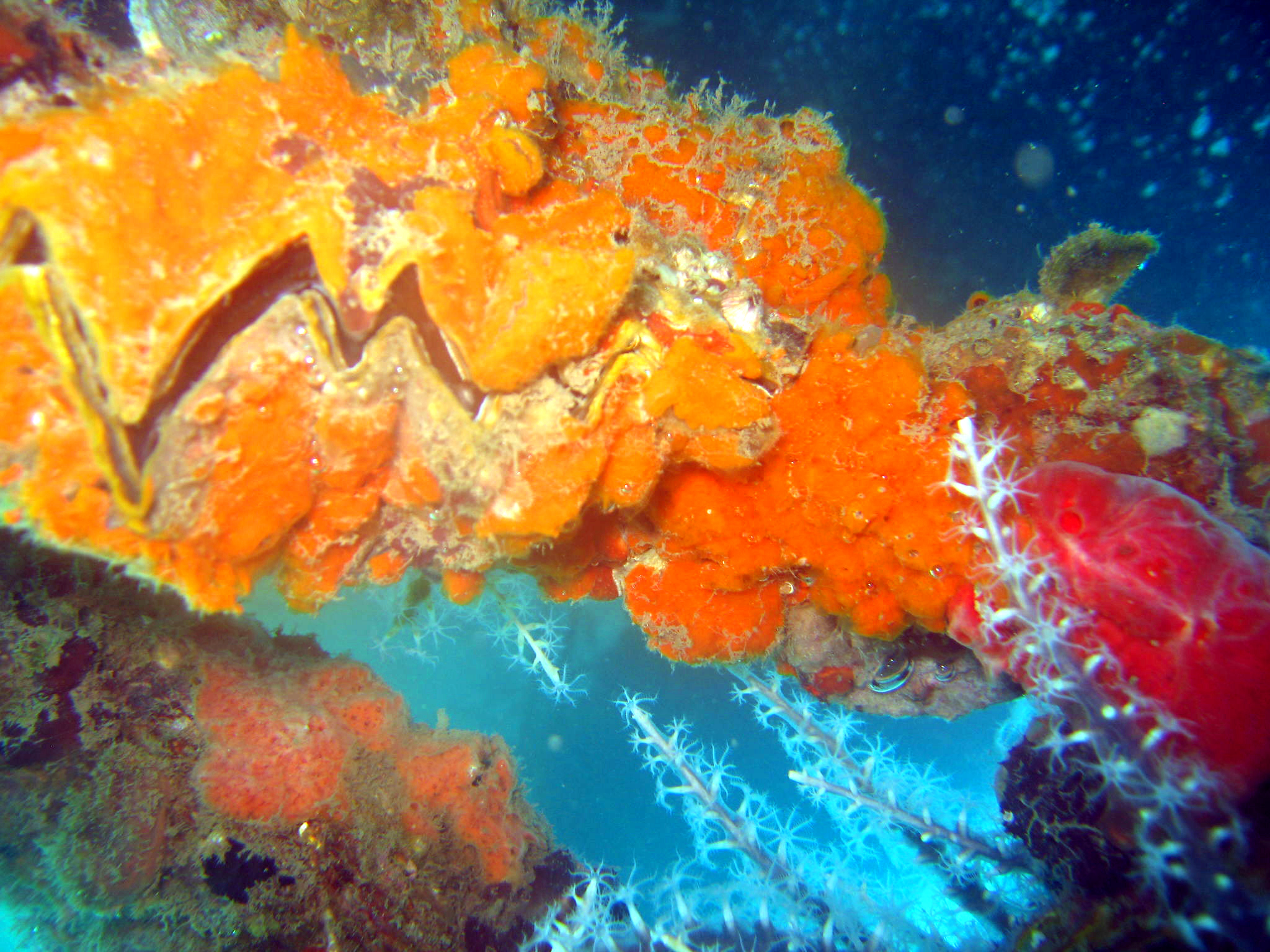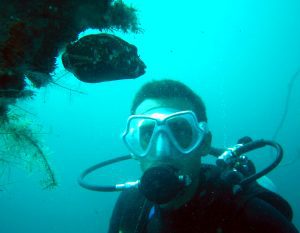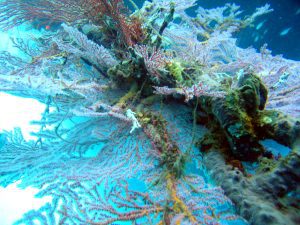Lombok's #1 Tourism Magazine
 In Indonesia there is a world-famous diving area off the coast of Sulawesi called the Lembeh Strait. One of the reasons this area is famous is that the seabed is made up of fine black sand, which means that one wrong kick and the visibility can drop to practically nothing.
In Indonesia there is a world-famous diving area off the coast of Sulawesi called the Lembeh Strait. One of the reasons this area is famous is that the seabed is made up of fine black sand, which means that one wrong kick and the visibility can drop to practically nothing.
There is a real skill to diving in these conditions but the rewards in terms of what you see down there are immense. The term for this type of diving is, rather unattractively, “muck diving”.

This term was first coined on Mabul, a small island off the coast of Borneo. Because of the tides and an ineffective litter collection service, Mabul suffers from a lot of rubbish on its beaches and the surrounding reefs. Several years ago, divers braved these less-than-perfect conditions and decided to take a look at what was hiding amongst the litter. As it turns out, they found lots of amazing creatures, or critters as they later came to be called.
To get the most out of this type of diving, you really need to have control over your buoyancy. While it is not ideal for inexperienced divers, everyone has to start somewhere. So, if you are attracted to the idea but new to diving or do not get enough time to practice, consider taking the PADI Peak Performance Buoyancy course first. This will teach you all you need to know to enjoy this type of diving.
When you are ready and can avoid stirring up the seabed but don’t want to be one of a crowd at Mabul or Lembeh, the new hot ticket is Teluk Nara. This diving site is at a small crescent-shaped bay, only twenty minutes from Gili Air. And it really is postcard perfect.
Alex, the co-manager of my dive shop, and I have just got back from reviewing the site to make sure it is as good as the rumours would have it. There are many tall-tales in the diving world, so we thought it would be best to check the site out ourselves before taking customers, plus we were excited about the dive!

We docked at the largest pier; an old, rusty structure that appeared to be kept afloat by large, yellow barrels. Our boat captain told us that there are old coral-encrusted ropes that lead down into the deep and – boy – did the water look deep!
We took the shop’s underwater camera, deciding that diving in low visibility, under a pier and on a site that we didn’t know wasn’t challenging enough. I am fairly new to underwater photography yet, with such an abundance of amazing creatures, I still managed to get some impressive shots.
From the moment we entered the water, we knew we were somewhere special. The two chunky ropes were incredible: thick with corals, crustaceans and swarming with juvenile fish.
We followed the ropes down to around 18m, though we actually spent most of the dive in 8m or less, as that’s where the best and most intriguing critters could be found.

In our hour-long dive we saw many of the specimens for which the world-class Lembeh is praised, including seahorses, ghost pipe fish, nudibranch everywhere, octopus, two cute cuttlefish and ten or more baby harlequin sweetlips doing the little dance that the juvenile fish appear to perform, as their fins are a little too big for the rest of their bodies.
I have been diving for twenty years and the most exciting thing for me was seeing fish, worms, anemones and all types of other critters that I’d never seen anywhere else. I imagined the dive like a treasure hunt with each new find being a piece of treasure.
As yet, Teluk Nara is a little-known gem – we were the only divers on the site that morning and we were in the area for several hours as we stopped on the beach for a coffee before heading back.
If you are visiting the Gilis and Lombok, don’t miss out on the chance to see something special. If you are very lucky you might even be able to add sightings of frogfish, mimic octopus and mandarin fish to your logbooks!